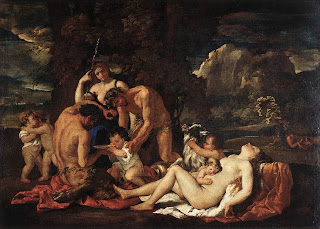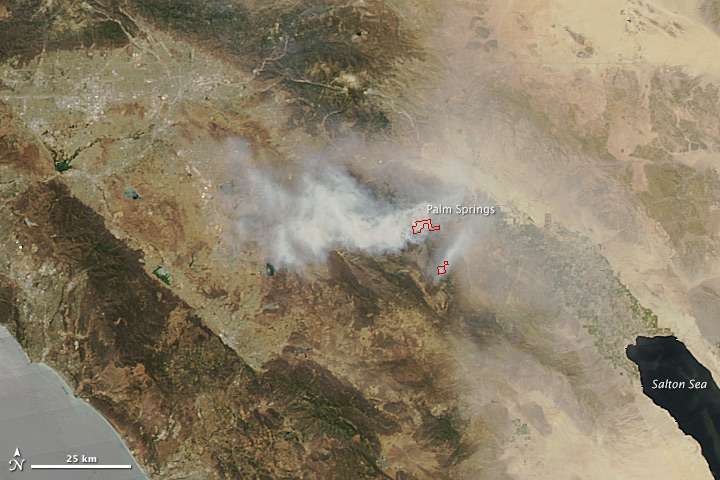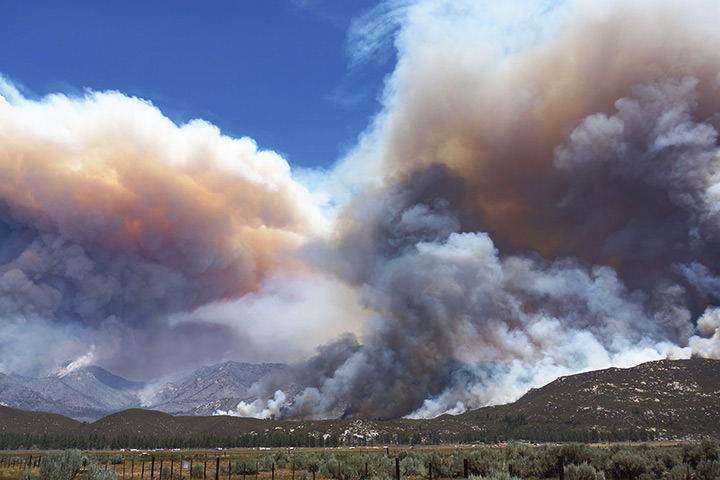
De Profundis
There is a stubble field on which a black rain falls.
There is a tree which, brown, stands lonely here.
There is a hissing wind which haunts deserted huts---
How sad this evening.
Past the village pond
The gentle orphan still gathers scanty ears of corn.
Golden and round her eyes are gazing in the dusk
And her lap awaits the heavenly bridegroom.
Returning home
Shepherds found the sweet body
Decayed in the bramble bush.
A shade I am remote from sombre hamlets.
The silence of God
I drank from the woodland well.
On my forehead cold metal forms.
Spiders look for my heart.
There is a light that fails in my mouth.
At night I found myself upon a heath,
Thick with garbage and the dust of stars.
In the hazel copse
Crystal angels have sounded once more.
Klage
Dreamless sleep - the dusky Eagles
nightlong rush about my head,
man's golden image drowned
in timeless icy tides. On jagged reefs
his purpling body. Dark
echoes sound above the seas.
Stormy sadness' sister, see
our lonely skiff sunk down
by starry skies:
the silent face of night.
Georg Trakl (3 February 1887 – 3 November 1914) was an Austrian poet. He is considered one of the most important Austrian Expressionists.[1]
Life and work
Trakl was born and lived the first 21 years of his life in Salzburg, Austria. His father, Tobias Trakl (11 June 1837, Ödenburg/Sopron – 1910),[2] was a dealer of hardware from Hungary, while his mother, Maria Catharina Halik (17 May 1852, Wiener Neustadt – 1925), was a housewife of Czech descent with strong interests in art and music.
Trakl attended a Catholic elementary school, although his parents were Protestants. He matriculated in 1897 at the Salzburg Staatsgymnasium, where he studied Latin, Greek, and mathematics. At age 13, Trakl began to write poetry. As a high school student, he began visiting brothels, where he enjoyed giving rambling monologues to the aging prostitutes. At age 15, he began drinking alcohol, and using opium, chloroform, and other drugs. By the time he was forced to quit school in 1905, he was a drug addict. Many critics think that Trakl suffered from undiagnosed schizophrenia.
After quitting high school, Trakl worked for a pharmacist for three years and decided to adopt pharmacy as a career. It was during this time that he experimented with playwriting, but his two short plays, All Souls' Day and Fata Morgana, were not successful.
In 1908, Trakl moved to Vienna to study pharmacy, and became acquainted with some local artists who helped him publish some of his poems. Trakl's father died in 1910, soon before Trakl received his pharmacy certificate; thereafter, Trakl enlisted in the army for a year-long stint. His return to civilian life in Salzburg was unsuccessful and he re-enlisted, serving as a pharmacist at a hospital in Innsbruck. There he also met the local artistic community. Ludwig von Ficker, the editor of the journal Der Brenner (and son of the historian Julius von Ficker), became his patron: he regularly printed Trakl's work and endeavored to find him a publisher to produce a collection of poems. The result of these efforts was Gedichte (Poems), published by Kurt Wolff in Leipzig during the summer of 1913. Ficker also brought Trakl to the attention of Ludwig Wittgenstein, who anonymously provided him with a sizable stipend so that he could concentrate on his writing.
In 1912, he was stationed in Innsbruck, Austria, where he became acquainted with a group of avant-garde artists involved with the well-regarded literary journal Der Brenner, a journal that began the Kierkegaard revival in the German-speaking countries.
At the beginning of World War I, Trakl was sent as a medical official to attend soldiers in Galicia (comprising portions of modern-day Ukraine and Poland). Trakl suffered frequent bouts of depression.[3] During one such incident in Gródek, Trakl had to steward the recovery of some ninety soldiers wounded in the fierce campaign against the Russians. He tried to shoot himself from the strain, but his comrades prevented him. Hospitalized at a military hospital in Kraków and observed closely, Trakl lapsed into worse depression and wrote to Ficker for advice. Ficker convinced him to communicate with Wittgenstein. Upon receiving Trakl's note, Wittgenstein went to the hospital, but found that Trakl had died of a cocaine overdose.[4] Trakl was buried at Kraków's Rakowicki Cemetery on 6 November 1914, but on 7 October 1925, as a result of the efforts by Ficker, his remains were transferred to Mühlau near Innsbruck (where they now repose next to Ficker's).
Bibliography
Selected titles
Gedichte (Poems), 1913
Sebastian im Traum (Sebastian in the Dream), poetry 1915
Der Herbst des Einsamen (The Autumn of The Lonely), 1920
Gesang des Abgeschiedenen (Song of The Departed), 1933
In English
DECLINE: 12 POEMS trans. Michael Hamburger, Guido Morris / Latin Press, 1952
Twenty Poems of George Trakl, trans. James Wright & Robert Bly, The Sixties Press, 1961
Selected Poems, ed. Christopher Middleton, trans. Robert Grenier et al., Jonathan Cape, 1968 [5]
Georg Trakl: A Profile, ed. Frank Graziano, Logbridge-Rhodes, 1983
The Golden Goblet: Selected Poems of Georg Trakl, 1887-1914, trans. Jamshid Shirani & A. Maziar, Ibex Publishers, 1994
Song of the West: Selected Poems, trans. Robert Firmage, North Point Press, 1988
Autumn Sonata: Selected Poems of Georg Trakl, trans. Daniel Simko, Asphodel Press, 1998
Poems and Prose, Bilingual edition, trans. Alexander Stillmark, Libris, 2001
In an Abandoned Room: Selected Poems by Georg Trakl, trans. Daniele Pantano, Erbacce Press, Liverpool, 2008
Song of the Departed: Selected Poems of George Trakl, trans. Robert Firmage, (Copper Canyon Press, 2012)
Poetry of Trakl in music
Russian composer David Tukhmanov wrote triptych for a mezzo-soprano and a piano Dream of Sebastian, or Saint Night, which has been bazed on the poems of Trakl. The first performance took place in 2007.[6]
Poetry: Georg Trakl - De Profundis - Klage - Bio data - Links



.jpg)




.jpg)















+under+a+Banjan+tree.jpg)












